Baby travel
Directly after our campervan trip, we headed overseas. This was a long-distance flight to Martinique (eight hours) and six hours time difference with Berlin. Mia was 7,5 months old when we started this trip and turned 9 months at the end of the trip. Yeah, we were six weeks on the road with a 7-8-months-old baby in an exotic place (cheers to the long paid parental leave in Germany). There we gathered some valuable experiences, which can be of use for you as well, should you have similar travels in mind.
Handling the overseas flight
Before this trip, we have flown to Rhodes (three hours) and thus gathered some experience about flying with a baby. I should admit, this was not easy, considering the necessity to wear masks during the whole flight and restricted mobility (it was not welcomed if anyone was walking along the aisles).
Tip nr. 1: it is highly recommended to nurse your baby / let your baby drink / such on something during the takeoff and landing, as when the baby swallows, he/she doesn’t feel the change in pressure so much.
Tip nr. 2: Order a baby crib on your long-distance flight in advance. On the way to Martinique we were flying during the day and on the way back at night. In both cases, Mia was sleeping on the flight. Check with your air company, they usually provide a baby crib on the long-distance flights. We pre-ordered one (it cost us about 75 Euro for both flights) and were very happy with this decision: Mia was happily playing and even sleeping in this crib.
Managing the time difference
In terms of time, Martinique was ahead of Germany by six hours. The day of the flight we woke up (read: Mia woke us up) at about 7 am CET. We arrived in Martinique at around 5 pm local time (+ six hours to the time we started, around 1 am CET). Mia had four naps during the day, two of them on the plane. For her 4th nap, I let her fall asleep on the breast during the landing while nursing. As soon as we landed and were allowed to stand up, I transferred Mia into the carrier and she continued napping. This nap was quite long and we were thinking if we had to let her go into her night sleep directly or to build in another short awake window.
Finally, we chose the second option and went to bed at around 8 pm local time. The first night was very exhausting as Mia was awake many-many times, which is absolutely understandable. I was nursing her what felt like the whole time and she could rest for some more hours. At the end, we decisively woke up at 6 am and had breakfast on the beach with a wonderful view. The temperature was very pleasant, so we decided that early wake-ups are not bad after all. During the whole trip we woke up (Mia woke us up) between 6 and 7 am and started our day on the beach.
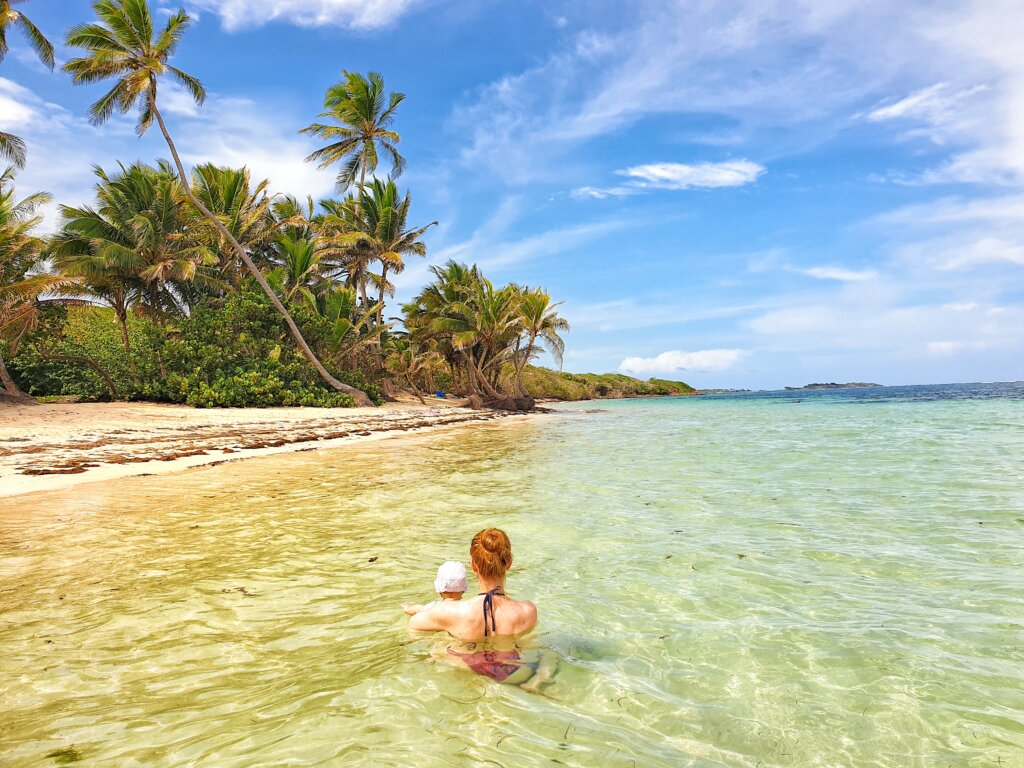
On the way back, we crossed the ocean at night and Mia slept in the travel crib for six hours out of eight. We made a “sail” over her crib from the airplane blankets to darken up her bed, which seemed to work well. The next day after arrival, Mia got up even later than usual and was tired after a short time. We let her sleep (almost) as much as she wanted. After two days I started to follow her usual daily routine.
Spending some (intense) quality time at the beach
We’ve seen other babies in Mia’s age or a bit older sitting still in their perfect outfits, clean and all smiles, on a blanket next to their parents. I can’t comprehend how this is possible at all! At the same time, Mia was chasing waves, trying to chew on the sea grass and eating sand. We were chasing Mia, pulling sea grass and stones from her mouth and checking that bigger waves didn’t take her with them. At that moment we realized that buying a neon-pink beach T-shirt was the best decision ever which allowed us to easily spot our active baby.
What I want to say, our time at the beach was wonderful, and funny, and intense, but far from relaxed.
It is also wise to pack at least two swimsuits for your baby, as you will probably go to the beach more than one time a day and putting on a wet swimsuit on your resisting baby is quite a challenge!
Planning for activities and sightseeing
Probably, it is obvious, but I will still write it here: we planned our activities depending on Mia’s awake windows (and also the temperature outside). In case our destination was over one hour car ride away, we started our trip right before Mia’s sleeping time and she slept in the car on the way there and back. It means, we had about three hours for the planned activity in-between. This was not a regular action, as on such days we didn’t get any rest, which we usually get during Mia’s naps. For example, we visited the zoo, the botanical garden and (half-)climbed the volcano on such trips and all three of us had plenty of impressions!
Watching a sunset required some basic planning as well: we had to figure out at what time the sun goes down and let Mia take her third nap which would end some time before the sunset or stretching her last awake window that long.

Organizing baby travel sleep routine
Not all accommodations offer a crib, so if you have luggage included in your ticket, think about taking one with you. We had pretty difficult travelling logistics and enough luggage to carry, so we preferred not to drag a travel cot with us from the very beginning. Instead, we bought one already during the trip using the secondhand shopping service from Facebook (Marketplace) and Google translator to communicate with the sellers.
Besides, having a bed, where your baby would sleep during the whole time of your travels, gives your baby some sense of sleep routine even if you change locations. More routine and well-being feeling for your baby could add some items your baby knows from home, for example, a sleepy toy, a favourite blanket, a sleeping overall which you don’t wash frequently to preserve habitual smell.
If you have any sleep rituals at home, try to follow them during your vacation as well as far as possible. Babies love their routines, they make them feel safe in the new environment.
By the way, baby napping during the day puts some additional burden on the organization of your accommodation. Think about booking an apartment with two rooms or a big separate kitchen. I remember us hanging around in a small kitchen on the floor or lying in the dark many times because a sleeping baby (or it’s only ours?) needs her dark and silent environment to nap properly. Being outside during her day naps was possible only for a short time (think of the 38 degrees heat and naughty mosquitoes).
Having baby utensils at hand
Probably, you could find at least diapers and wet tissues in almost all countries of the world in almost all supermarkets. Here, on Martinique, you have a very good choice, but the prices are significantly higher than in Germany. Same goes for baby food. Other than that we didn’t need anything. This is the list of what we have brought from home on that trip:
- Mia’s bib and spoon
- A little container with a lid with a measuring scale on it
- A plate with suction cups for our baby-led weaning attempts
- Mia’s sleeping toy
- Meds and creams
- Toothbrush and toothpaste
- Several swimming diapers
- Mia’s bottle
- A portable textile chair
- Mia’s most compact toys
- Some teethers
- Night vision camera
- Water-resistant changing pad
- Two thin indestructible books
- Antiperspirant car seat inlay
Providing the (warm) meal plan
On our trip, we booked accommodation with a fully equipped kitchen and there was either a microwave oven or a stove, so warming up Mia’s food was easy. More difficult was planning for three warm puree/porridge meals if we were on the go. I didn’t take a baby food thermos on the trip (it was too bulky for our limited luggage), so the solution was to ask for some hot water at a restaurant or exchange a puree with a jogurt or cereals in a plastic cup. Of course, for the worst case I always had my boobs with me, but I was trying to be persistent in the question of complementary foods during the day. Cooking baby food ourselves didn’t always work as preparing a puree implies having a mixer, and not every accommodation provided it.
Besides, we mostly ate when Mia was awake and had her sitting with us at the table and sharing our food (the baby-appropriate parts of it). Some hosts were so kind that they even provided us with a baby chair. Normally, we used our portable textile chair for Mia’s meals. Here are some links to a similar model: LINK.
For porridge, I mostly bought a ready mix of cereals for babies from the local shops. As this was always the same boring mix (poor Mia must have been tired of it), I tried to replace it with some usual BIO cereals, but they were quite grainy and Mia couldn’t swallow them smoothly. However, polenta and wheat germ were not as bad and I used them sometimes.
Checking the prominent dangers at your destination and taking precautions
Dangers inside
Very few accommodations are fully safe for babies / small kids (think about cables hanging everywhere, unprotected power sockets, detergents standing in the cupboards, cutlery laying in the cupboards without a latch, glass or pottery on the lower shelves, you can continue the list…) However, this is no reason to panic and stay at a baby hotel. You only need to check the location with an experienced parental eye, eliminate the most prominent dangers and not leave your baby out of sight.
In our case, the most dangerous things inside were (slippery) tile floors and stairs, corners of the tables, hanging cables, bird shit on the terrace. I was cleaning the terrace of the birds excrements first thing in the morning and not letting Mia lick the brush the second thing. Kissing the tiles or occasionally pinching fingers was unavoidable. We were just making sure it didn’t come in combination with the corners of the table/cupboard.
Dangers outside
Outside, there were mosquitoes and toxic trees (thanks, Google, for this information checked in advance). We found a good repellent suitable for babies starting from six months at the local Decathlon (you can ask for a similar agent suitable for kids in a local shop at arrival) and avoided the toxic trees as far as possible. Avoiding ants was difficult, so Mia ended up with some bites (luckily, no allergy detected). Besides, on the beach, we were making sure that Mia crawls under trees without ripe coconuts on them.
At the beach, you have to be all eyes on your baby. It’s obvious, yet I will emphasize that. Mia is crawling so fast but the waves at times are even faster. If these two elements move towards each other, this can get dangerous, as at the beaches, where we have been, the reverse current us so strong, that it can draw a decently fit adult into the ocean in a few seconds not talking about your little one. So the following applied to us during the 100% of our beach time: one was swimming or snorkeling, another was watching the baby on the shore.
Managing the high temperatures and sun exposure
On Martinique and Guadeloupe, during the time we spent there, the temperature was very stable (stable hot, ha-ha): 32 degrees during the day and 27 degrees during the night. 32 degrees felt at times like 38 due to high humidity. Surviving on these islands without an a/c in the car and in all accommodations was unthinkable. Thus, air conditioning in our accommodation was a must, but it also had to be quiet and not blowing directly on our or baby’s bed.
Other than that, we started our day around 7 am, when the temperatures were still “low” and spent the most hot hours either in the apartment or in the car and in shadowed places like the zoo, the botanical garden and rum distilleries. Waking up early was easy as we went to bed early as well because it got dark at around 6 pm on the islands. When we left the apartment, we made sure to apply sunscreen to all uncovered parts of Mia’s body and to put her sun hat on. Unfortunately, she took off the sunglasses the moment we put them on.
Therefore, bringing a good sun protector was very important for us. Criteria: easy to apply, water-resistant and baby- (and corals-) friendly. It should also not cost a fortune. We were happy with the creme “Meeressonnencreme” from Paediprotect which could be bought at any DM in Germany.
Social contacts for Mia
As Mia will go to the kindergarten soon after our return to Germany, it was important to us to arrange some exposure to other children for her. In the times of covid it is difficult, but still we were showing her other babies and let her crawl to them keeping the “safe” distance. Besides, it was very sweet to see how interested Mia was in other people in general. She was coming to them, sitting next to them and intensely watching and listening to their conversations. Many people engaged themselves in an interaction with her and everyone was happy (including us, as other people were fooling around with our daughter and we had some minutes to chill).

To sum up
I had mixed feelings about leaving for cold continental Europe after spending one-and-a-half months in the sun: on the one hand, having the ocean being reached in two minutes by foot is luxurious and positively-overwhelming, but on the other hand, I somehow long for our structured comfy life in Berlin and our friends! What I will definitely not miss is the enormous heat and mean mosquitoes.
Traveling with a growing baby is wonderful, and challenging, and inspiring, and eye-opening, and everything but easy (compared to our carefree travels before, only the two of us). Yet the right attitude, good deal of flexibility, positive thinking and continuous support from your partner makes it a fantastic experience.
I got the impression that being together 24 hours a day seven days a week two months in a row has melted three of us into a solid little perfectly-well-understanding-each-other family. Mia has learned so much during this trip. I hope, endless crawling on the beach, intensive and sometimes rough bathing in the ocean, tremendous exposure to nature and uninterrupted contact to her parents will lay substantial foundation for her health and further development…
Indeed, traveling with kids is just parenting in another place (c).
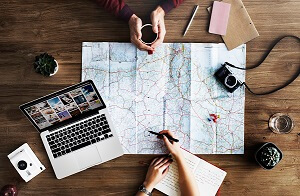
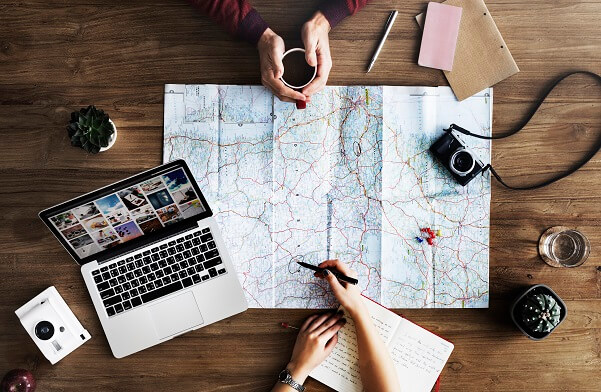
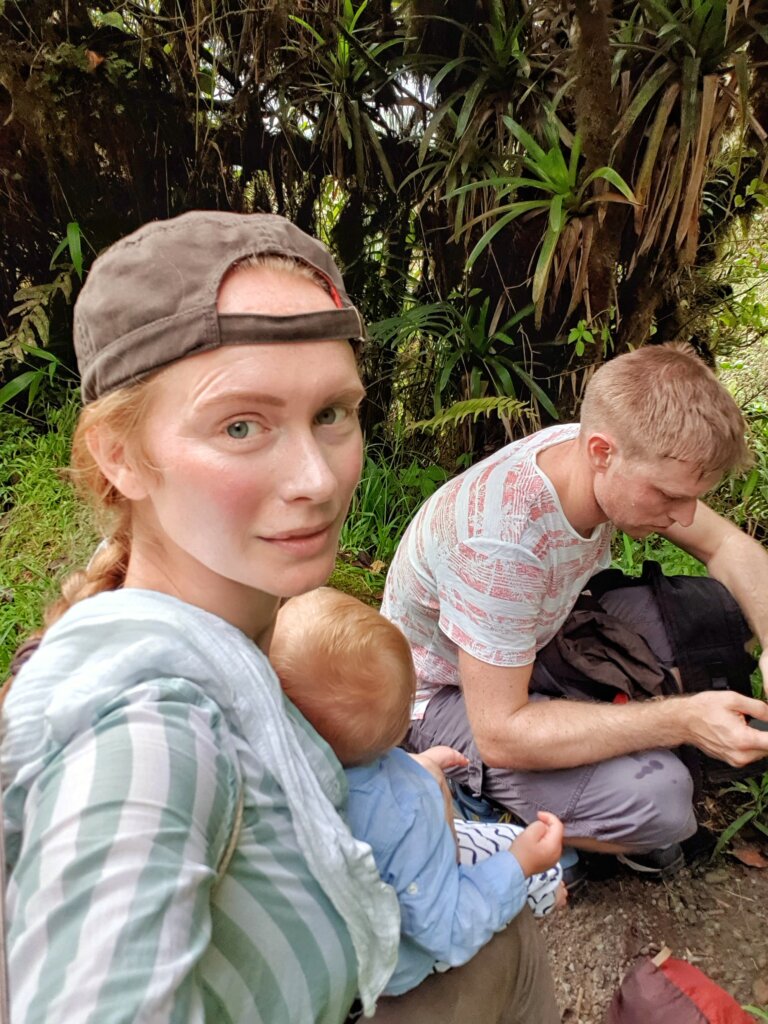

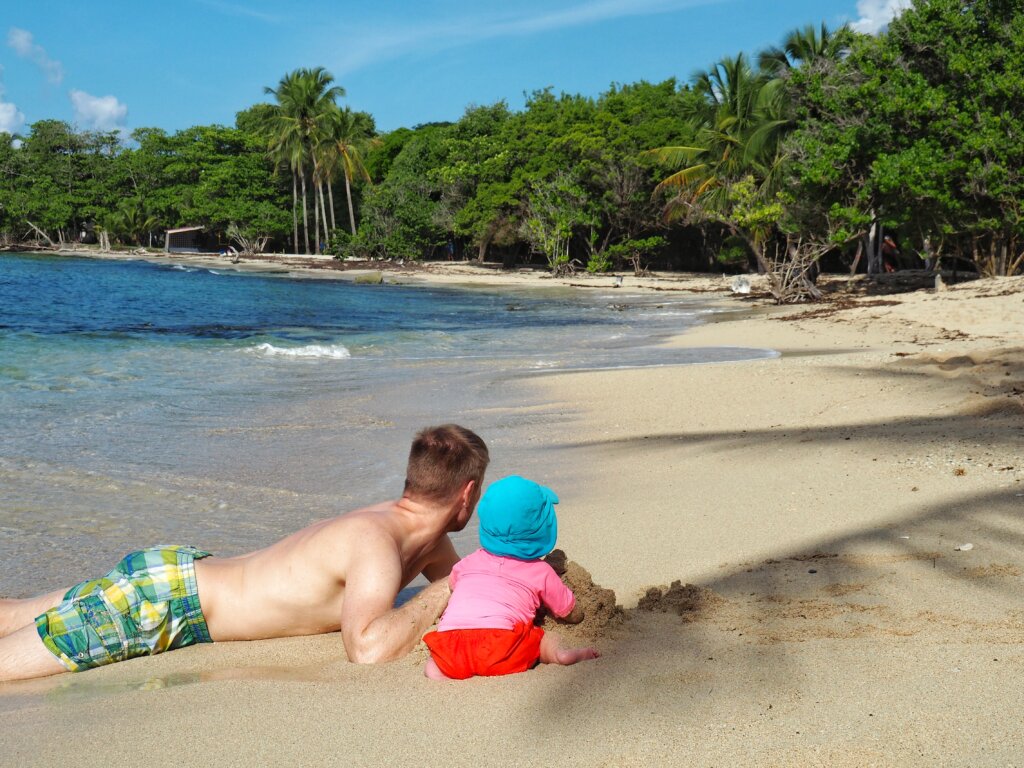
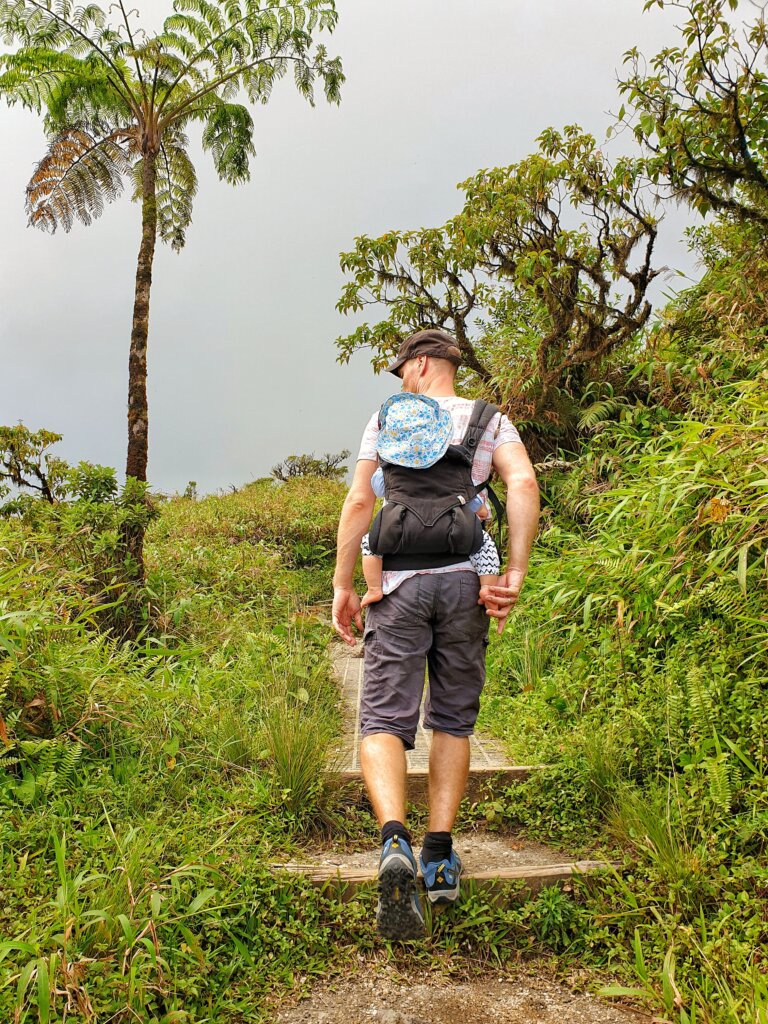
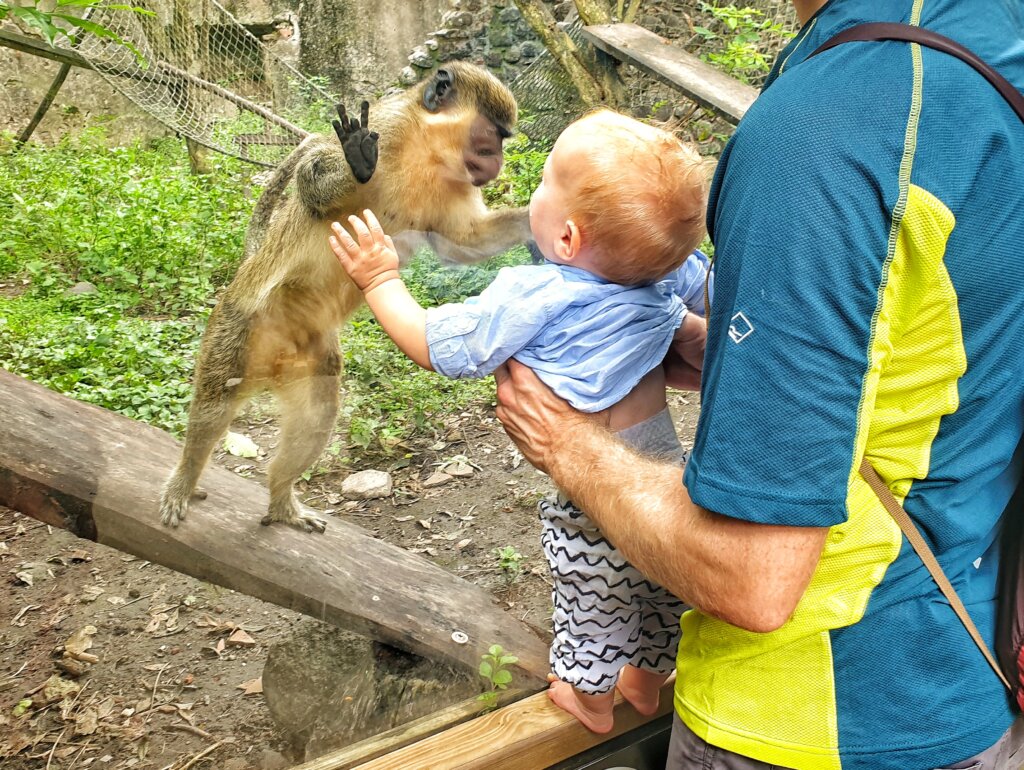
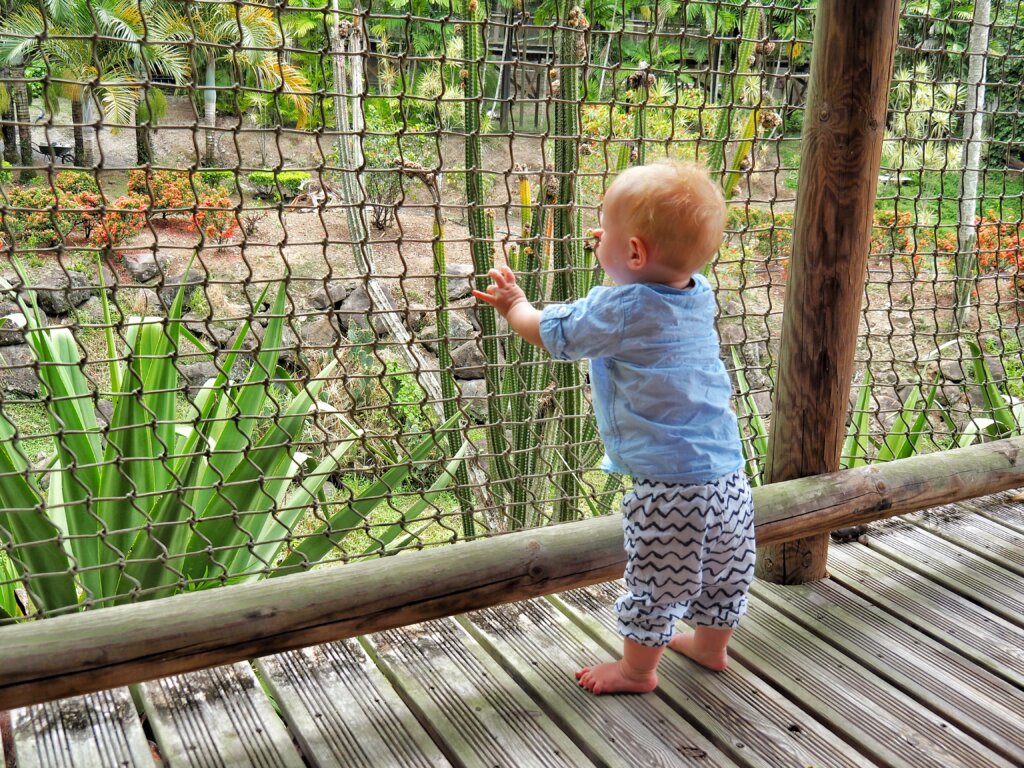
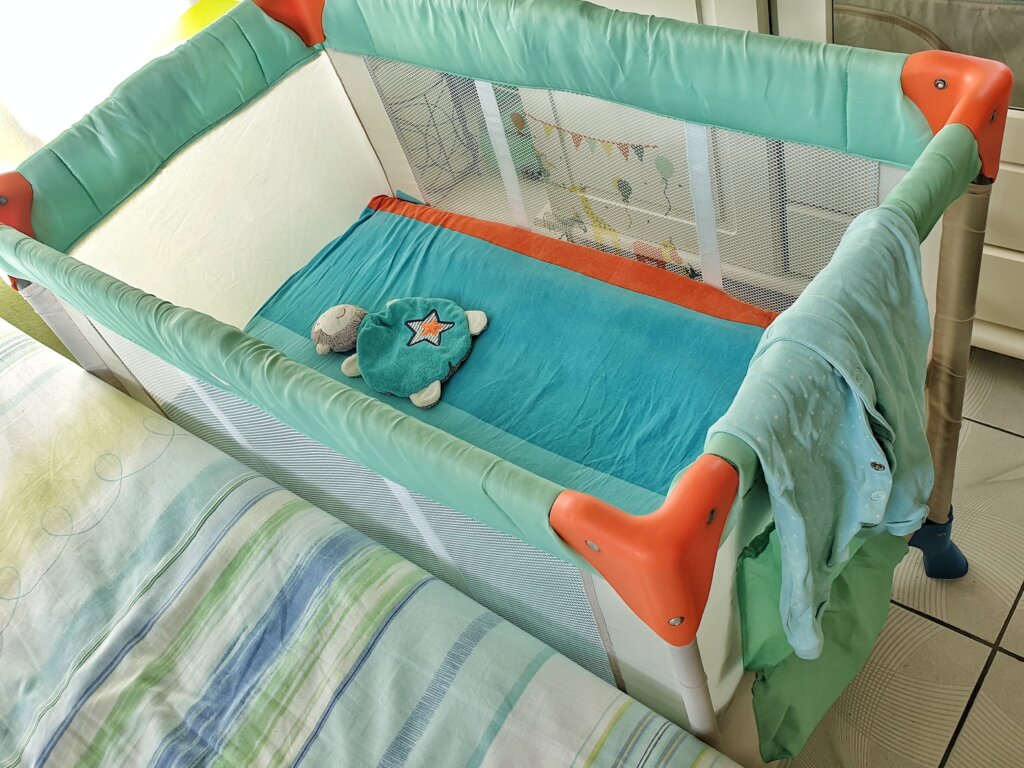
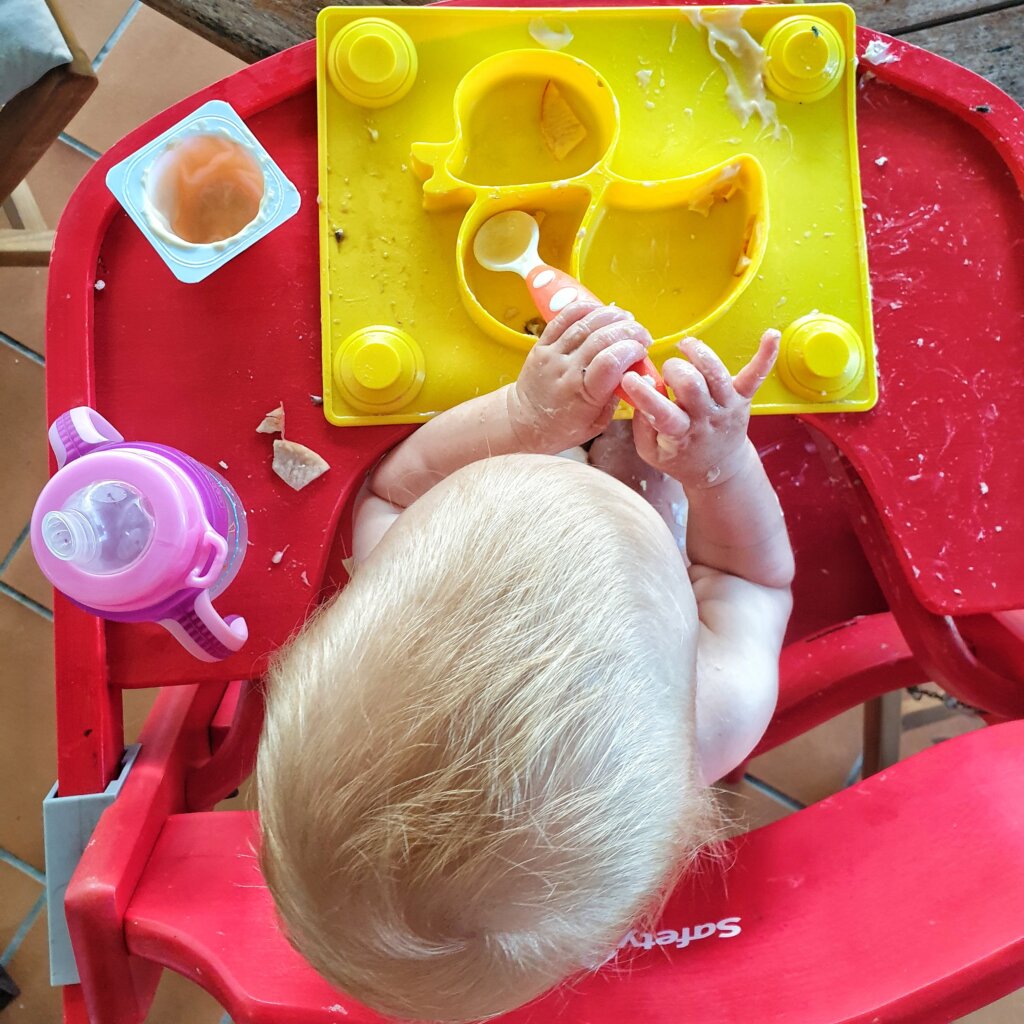

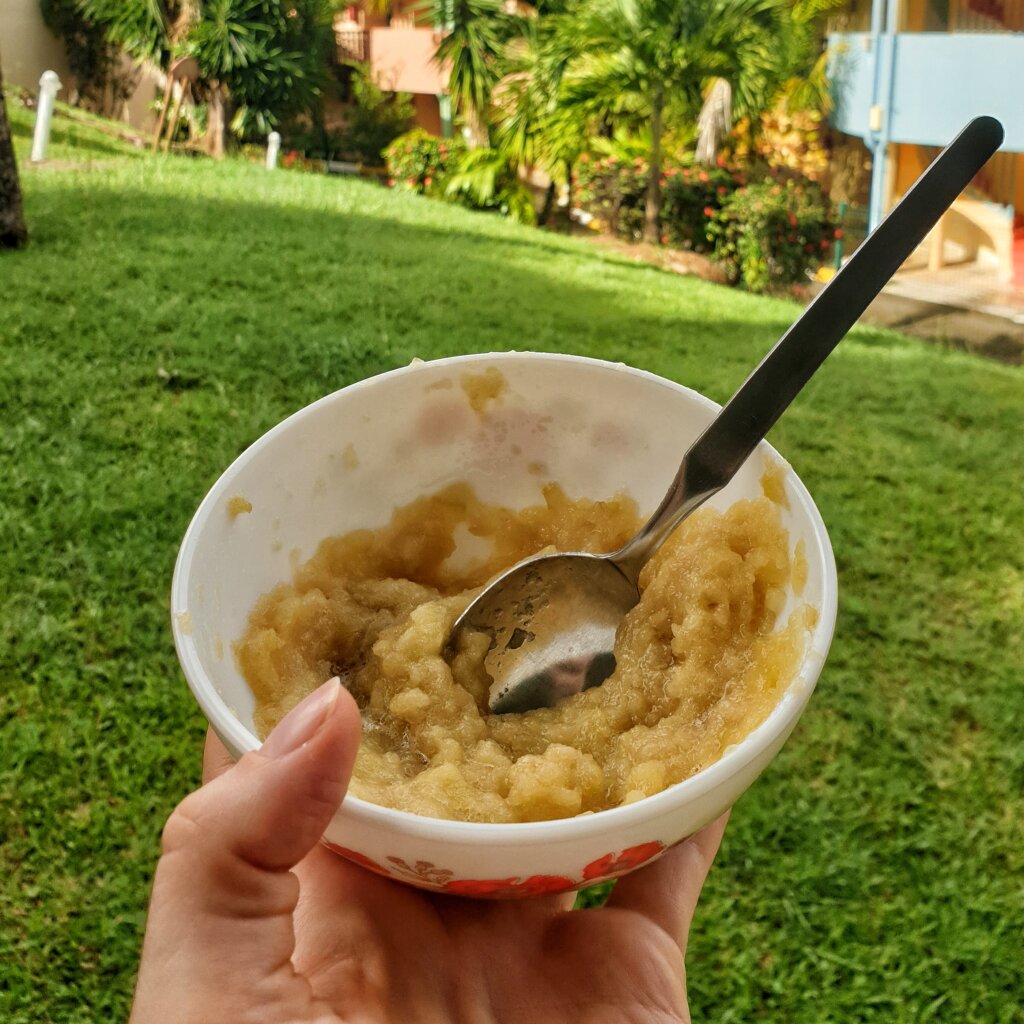
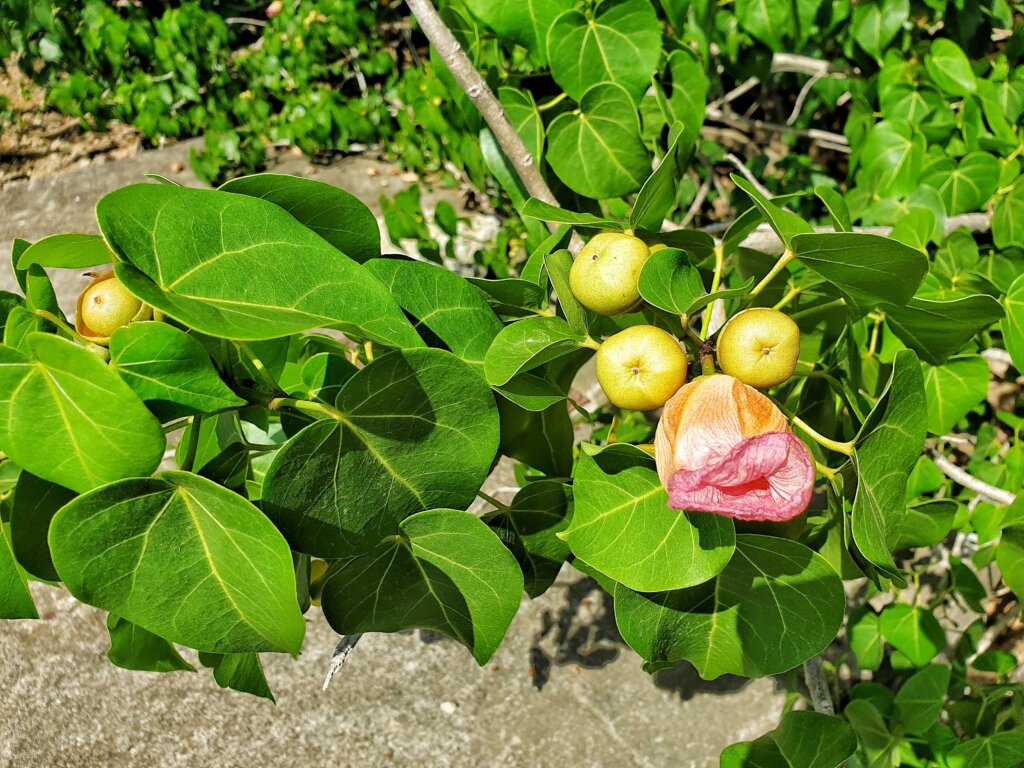
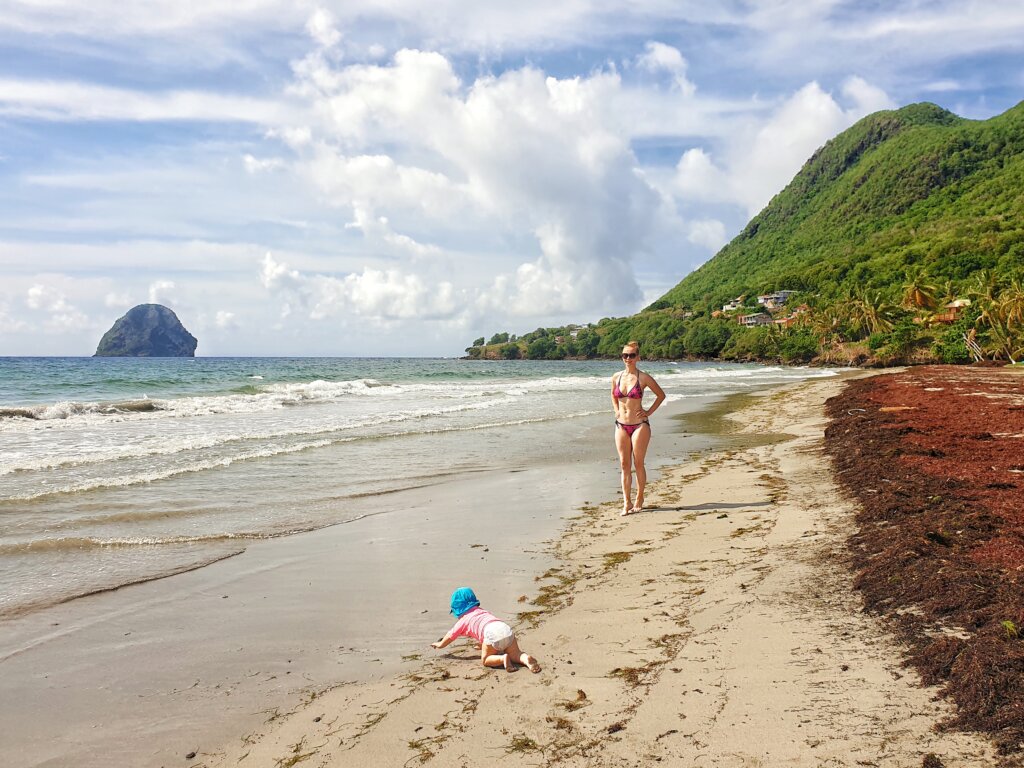
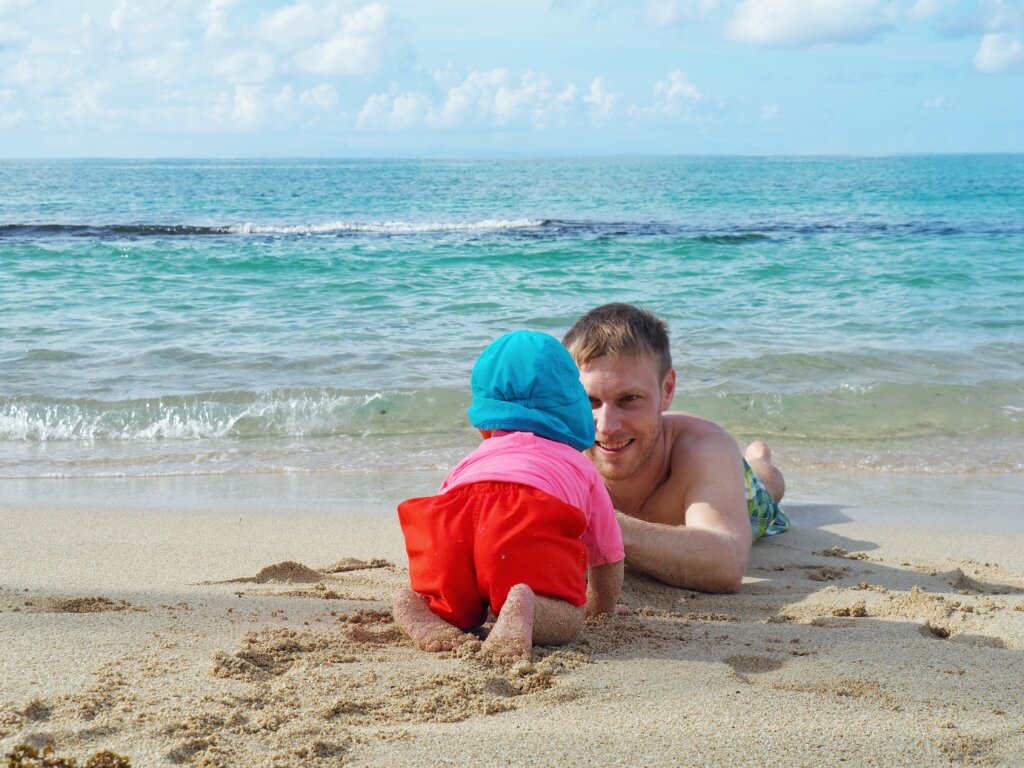
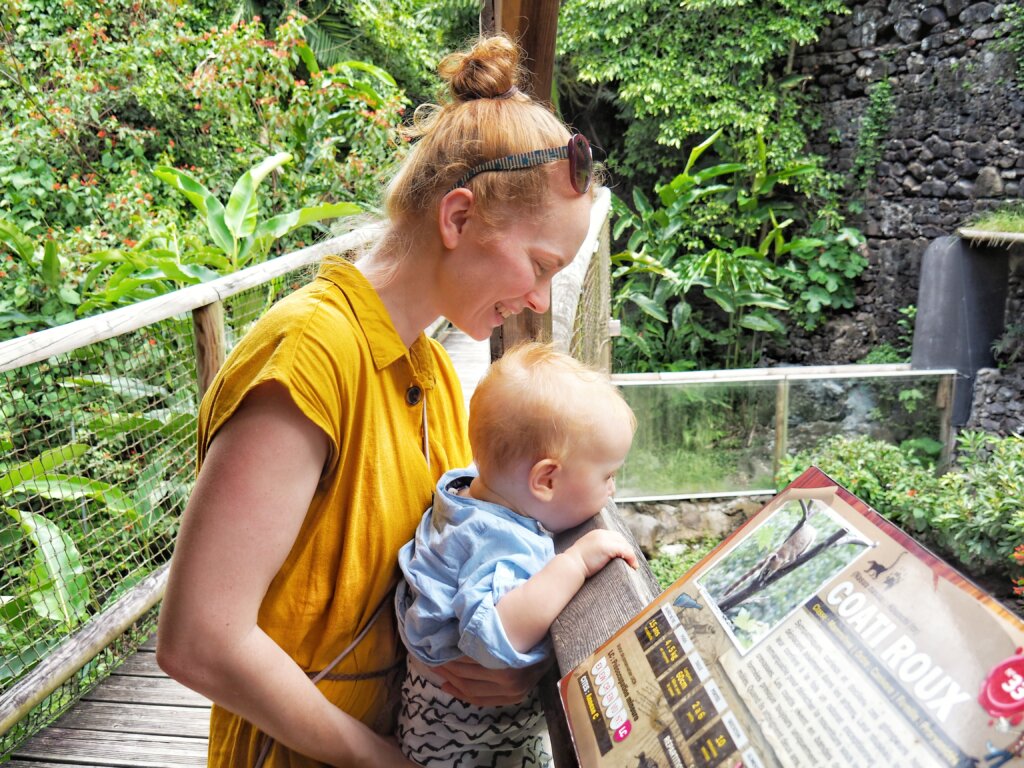


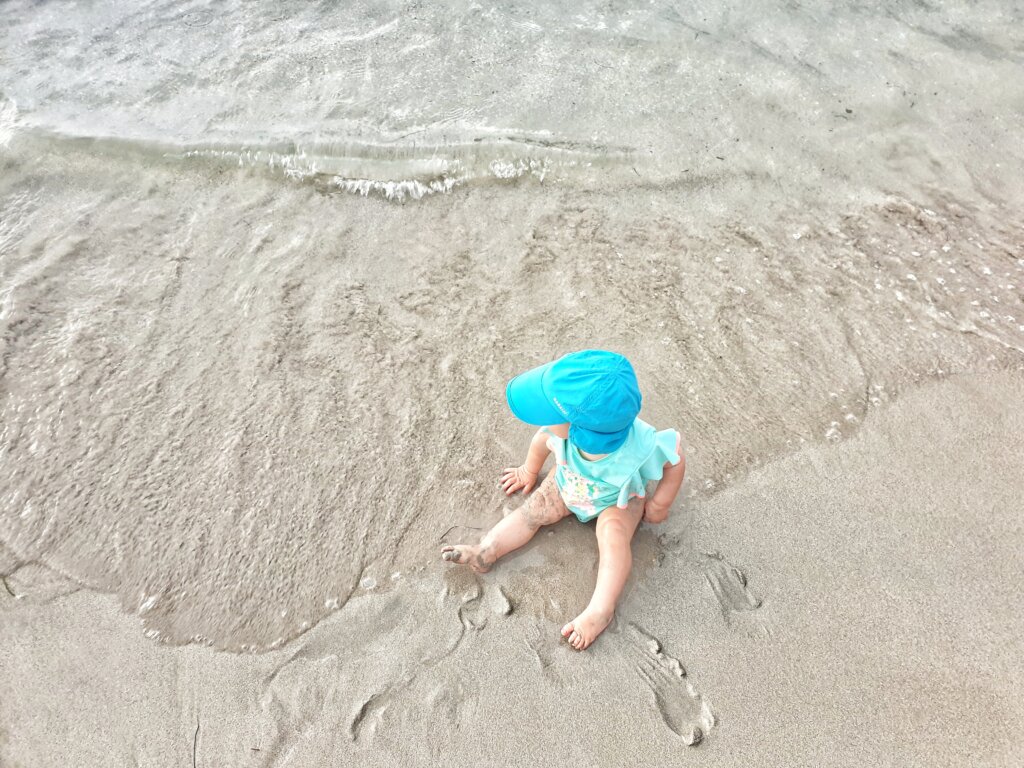
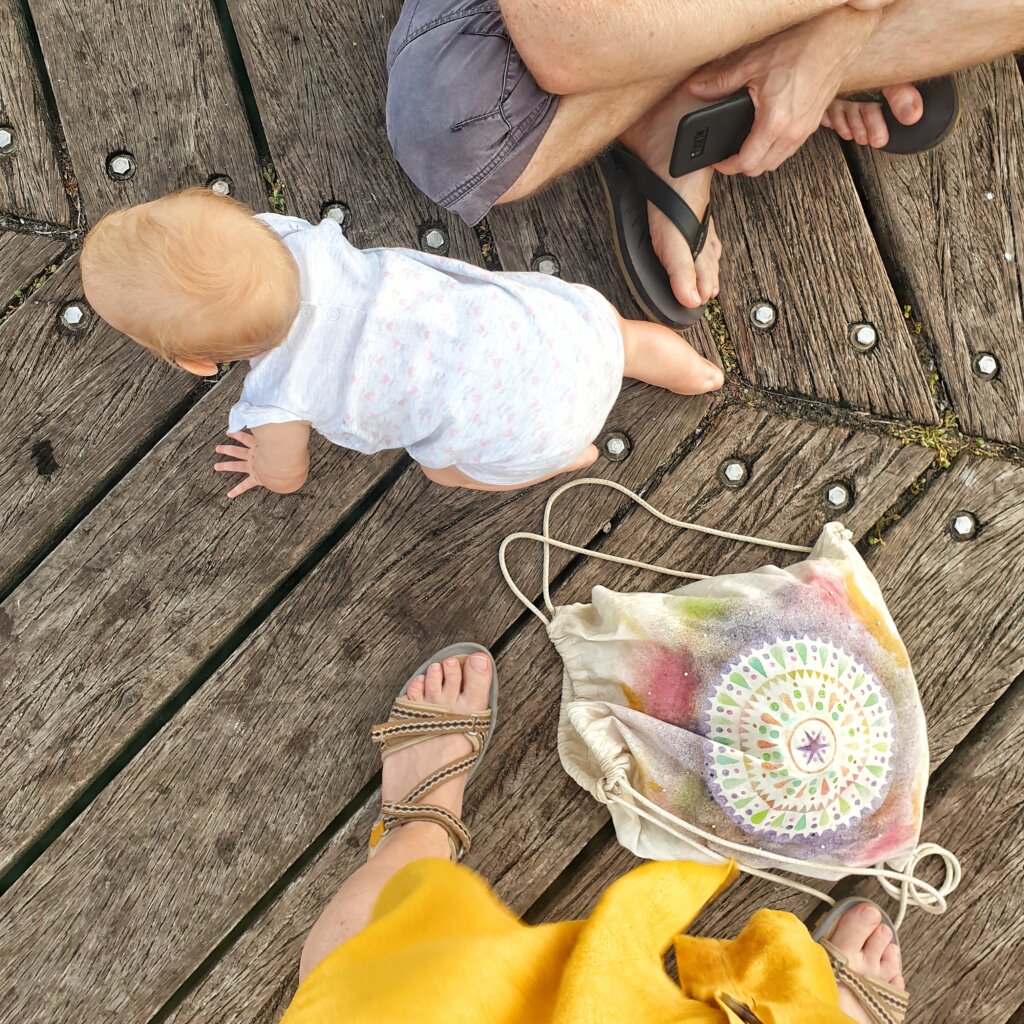
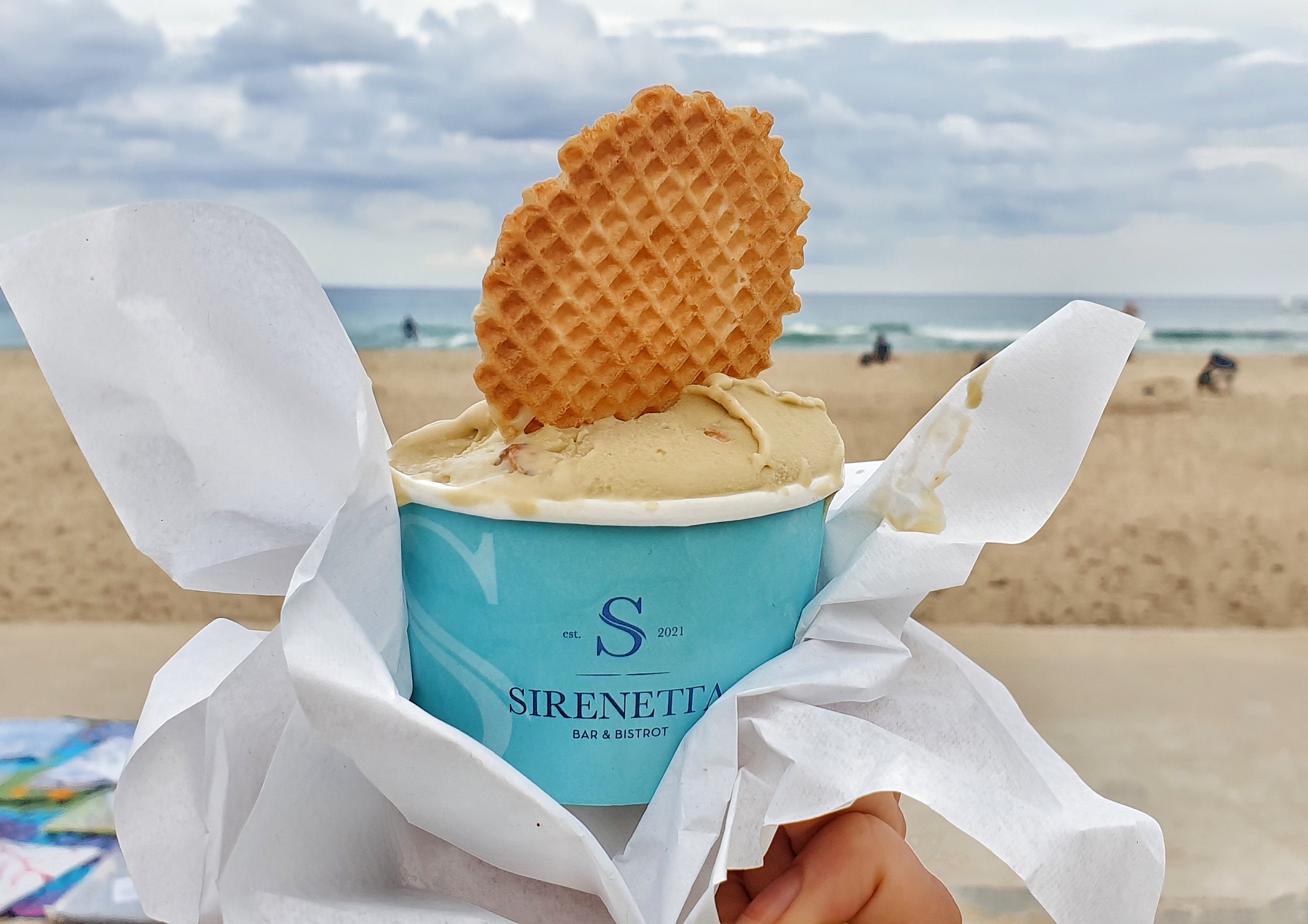

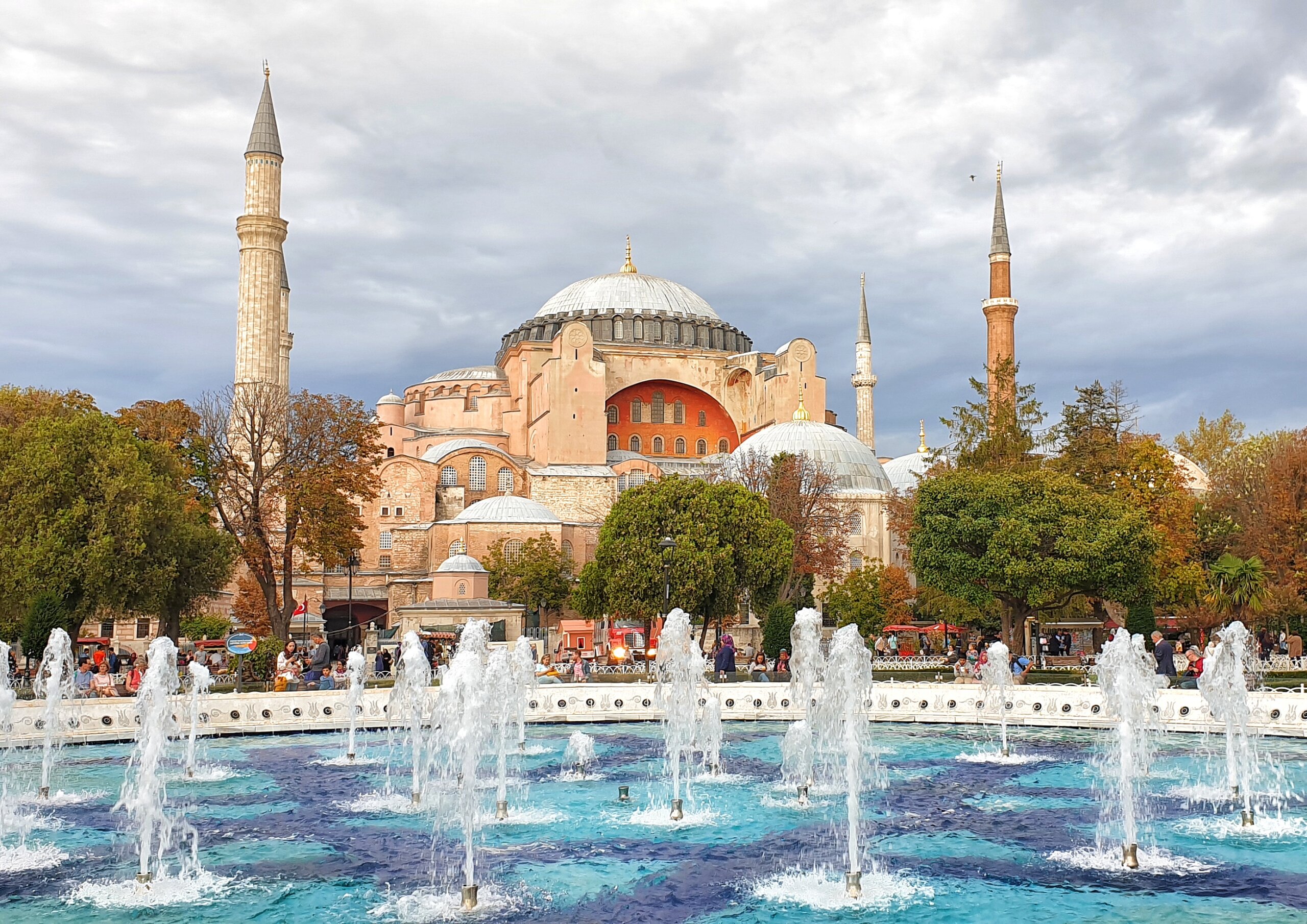
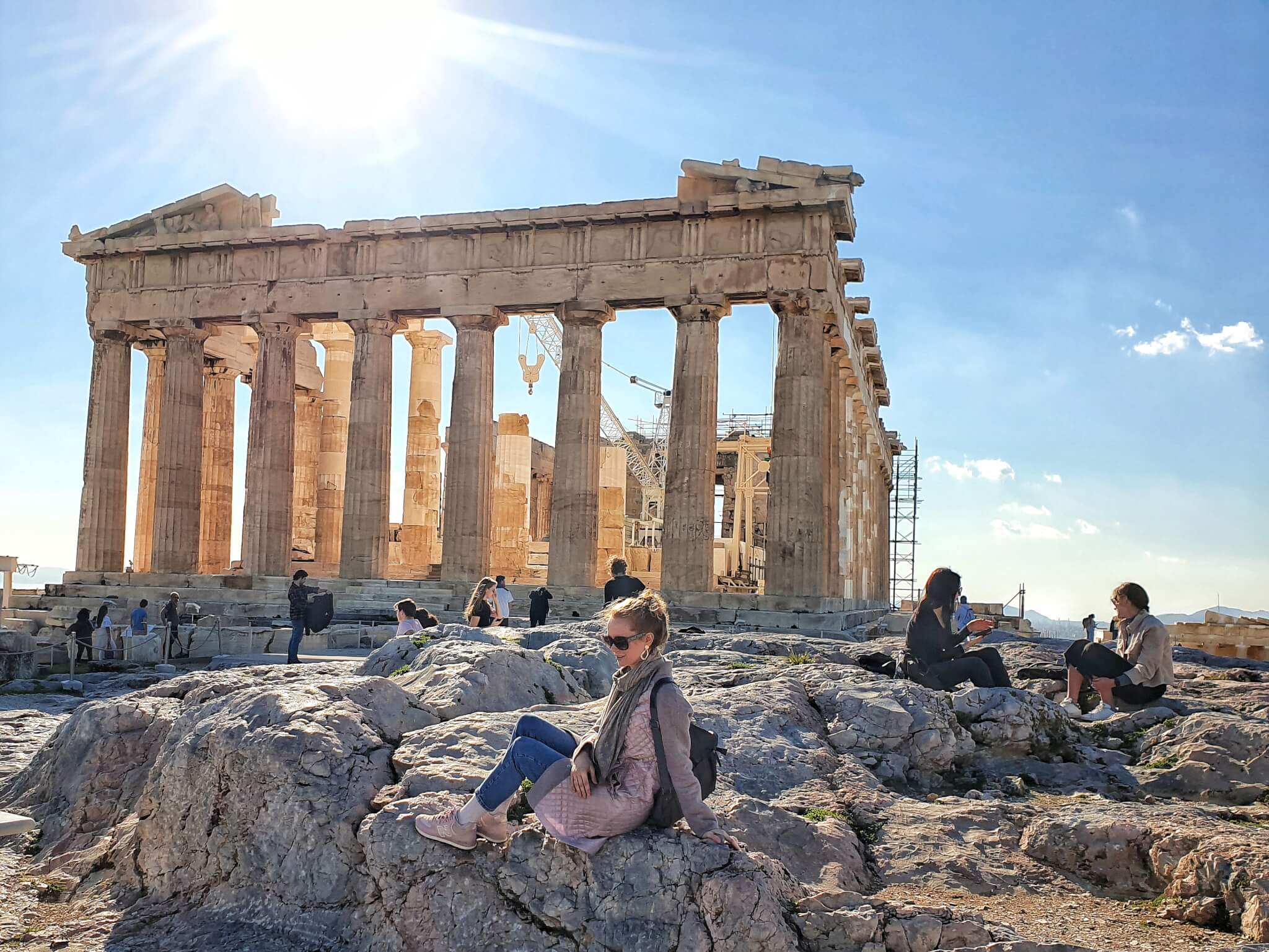
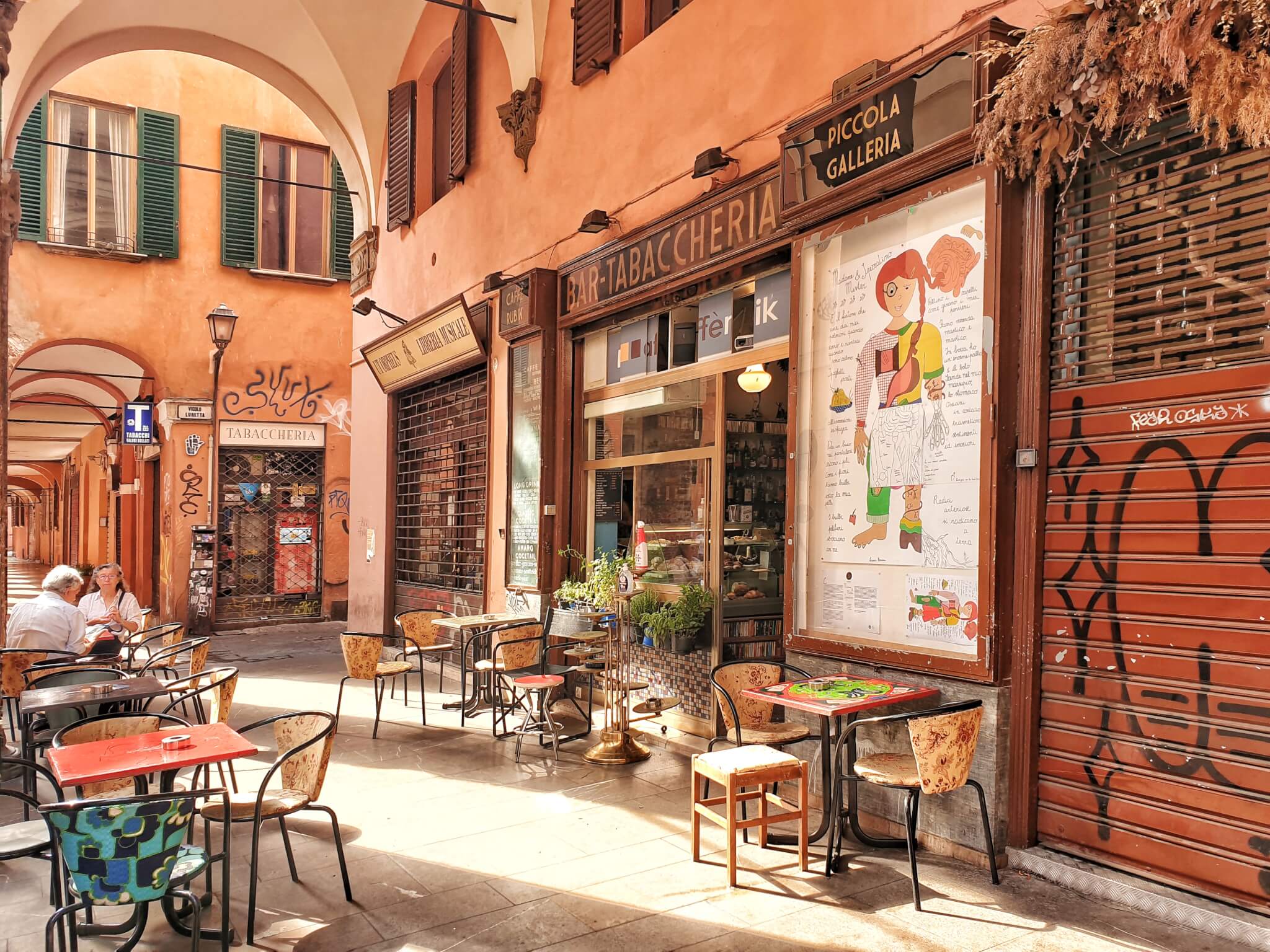
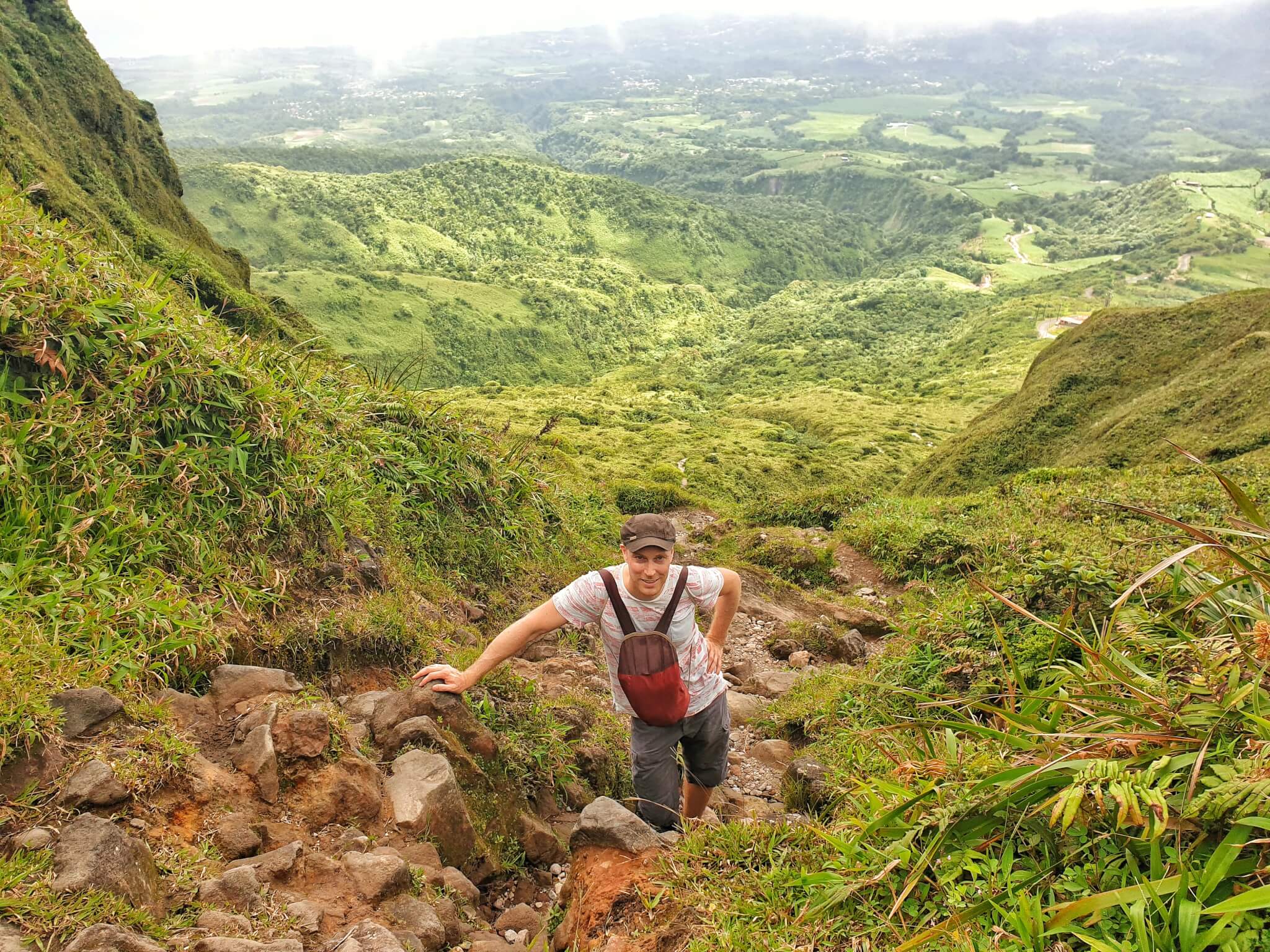


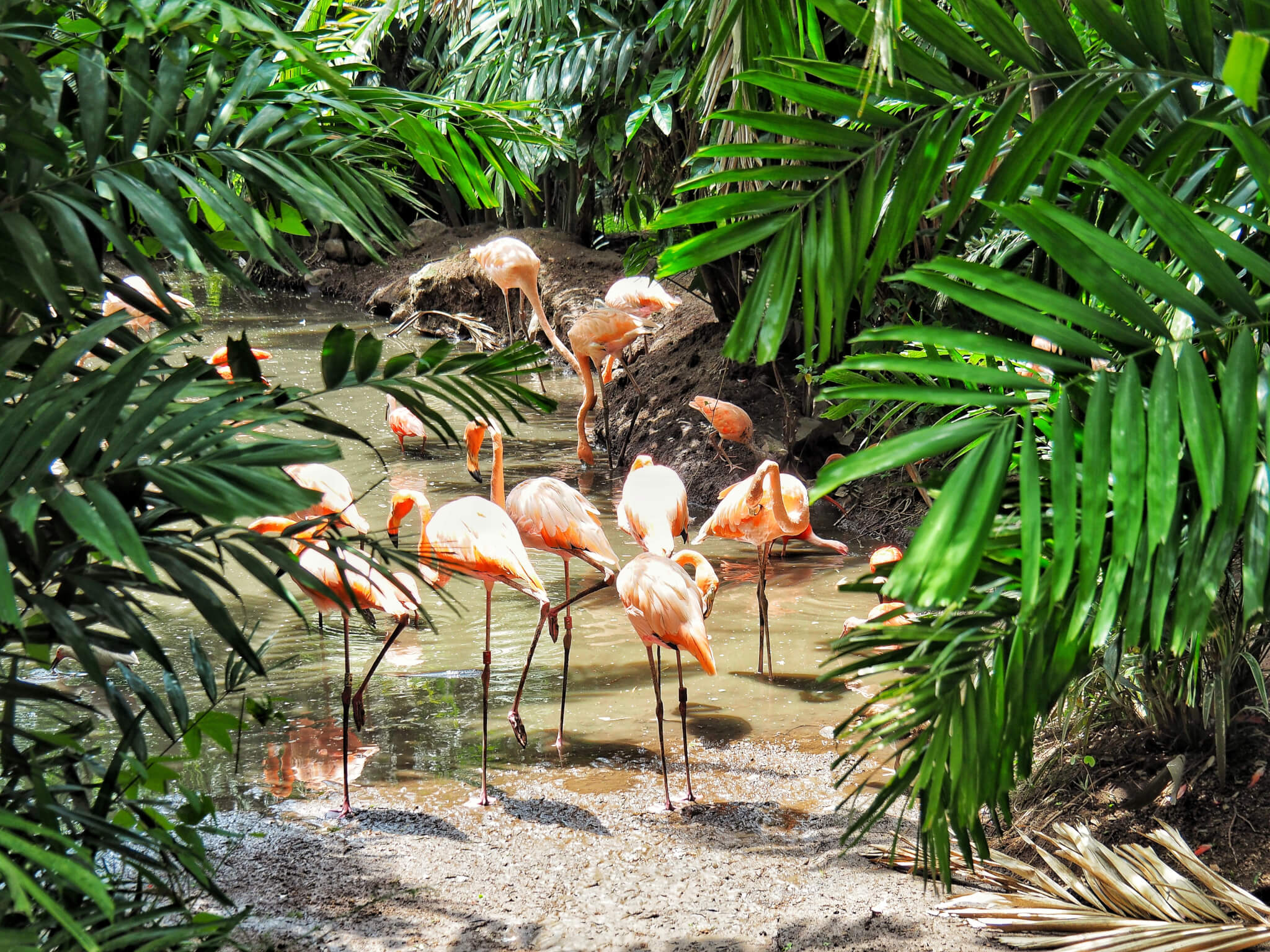

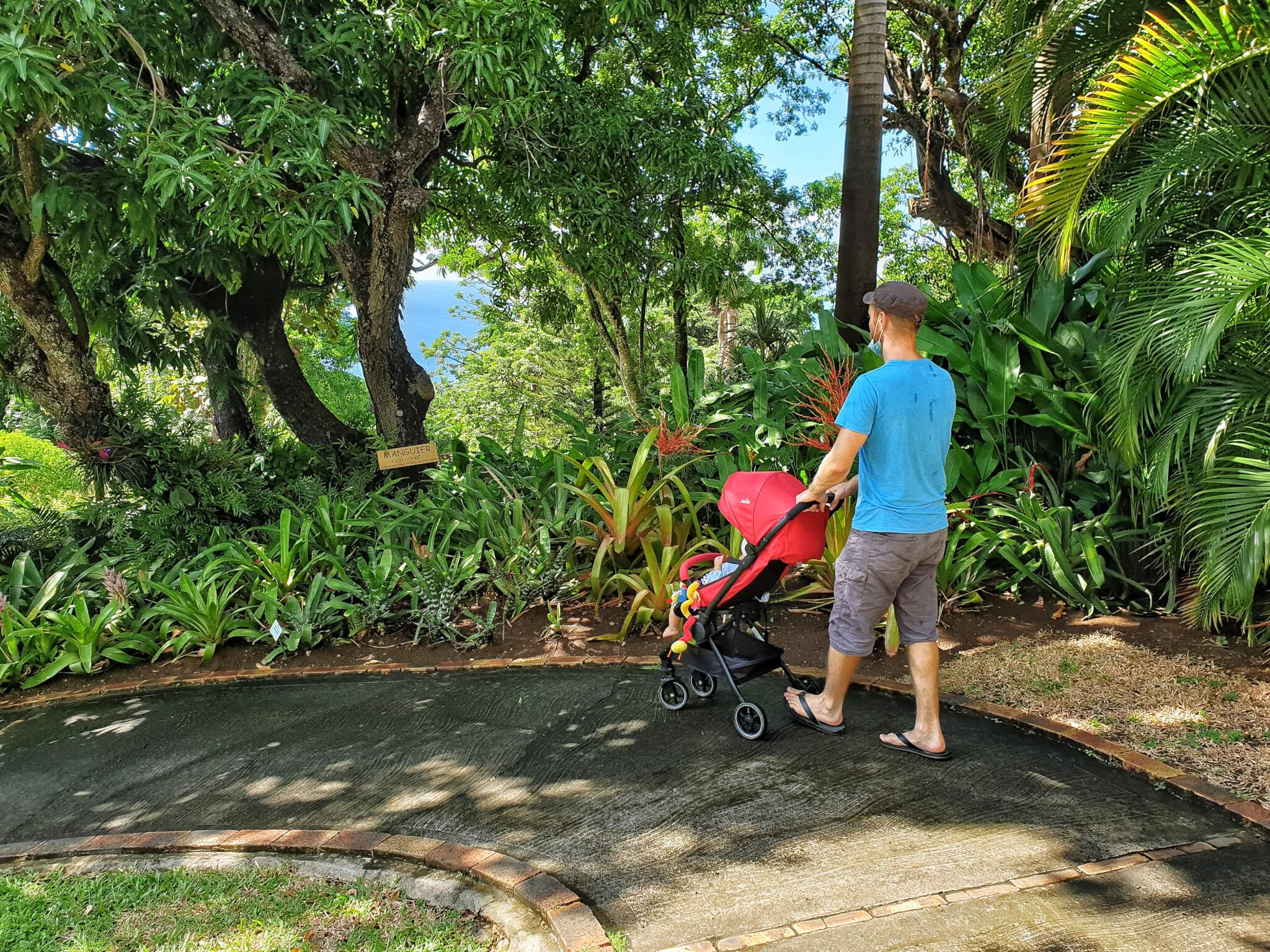
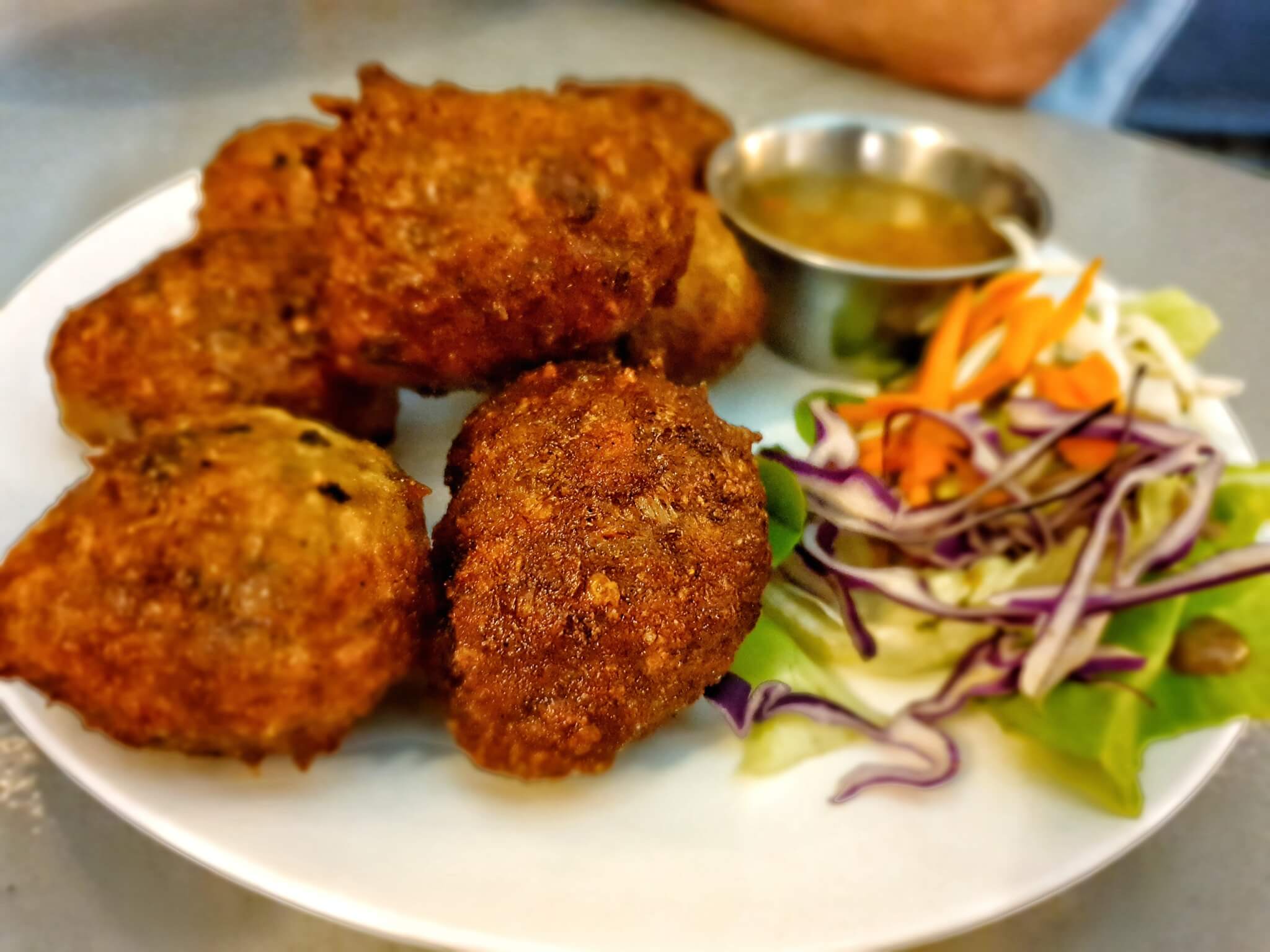
Leave A Comment